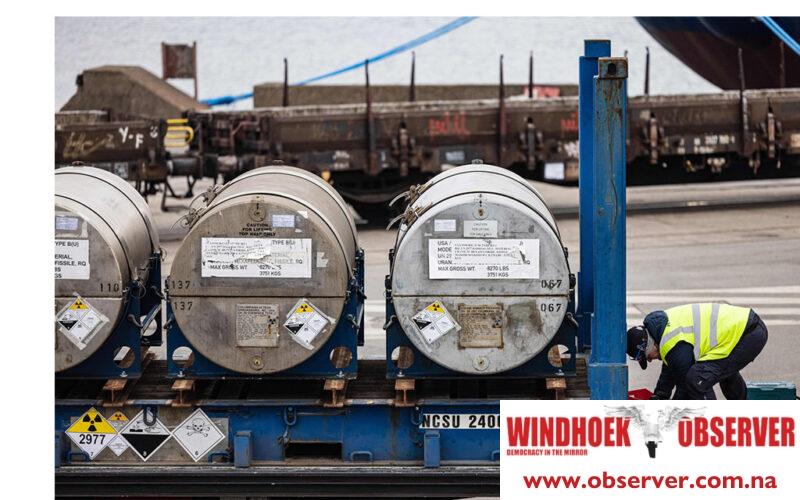Bannerman Energy Ltd, which is developing the Etango project in the Erongo region has said uranium sector saw significant volatility in the first quarter of 2024.
Bannerman said TradeTech’s spot price indicator, which began the year at US$91.00 per pound of uranium oxide rose to US$107 per pound in early February before falling to US$87.00 by the end of the quarter.
TradeTech’s long-term uranium oxide price indicator showed consistent monthly growth during the quarter, increasing by 17% from US$68 per pound to US$80 per pound at the end of March.
This brought the long-term indicator to a 15-year high. The fact that the long-term price has more than doubled since early 2020 supports the belief that the long-term supply gap is widening due to rising demand.
Bannerman noted that this surge in demand comes from stronger support for the nuclear industry by governments, policymakers, and the public, who recognise its vital role in combating climate change.
At the inaugural IAEA’s Nuclear Energy Summit held in Brussels in March, leaders and representatives from 32 countries emphasised the importance of nuclear power for energy security, climate goals, and sustainable development. Key points included the need for increased financing, workforce development, and support for countries new to nuclear energy.
A joint statement committed to unlocking nuclear energy’s potential, extending the lifespan of existing reactors, constructing new plants, and deploying advanced reactors while ensuring safety and security.
Another significant piece of news from this quarter is the US Department of Energy’s decision to approve loans of up to US$1.52 billion to Holtec International. This funding is intended for the reopening of the Palisades Nuclear Power Plant in Michigan, which was decommissioned in May 2022.
“If successful, this will mark a paradigm shift, as it would be the first time a nuclear plant has been returned to operation after starting the decommissioning process and will serve as a model for numerous similar reactors around the world,” Bannerman noted.
During its 15 March 2024 earnings call, NAC Kazatomprom, the world’s largest uranium producer, reiterated its 2024 production forecast of roughly 20% below the levels agreed in the subsoil use agreements and consistent with 2023 outputs.
Bannerman said NAC Kazatomprom confirmed it will not meet its initial target this year, highlighting a significant shortfall in primary uranium supply compared to global reactor demands.
“In summary, the uranium market remains strong, characterised by an increase in demand due to increasing global commitments to nuclear energy expansion. This demand compares to a tightshortterm supply and ongoing concerns over medium and long-term supply response. Additionally, the market continues to attract interest from financial buyers. These factors collectively suggest an ongoing positive market outlook for uranium in 2024,” said Bannerman.




